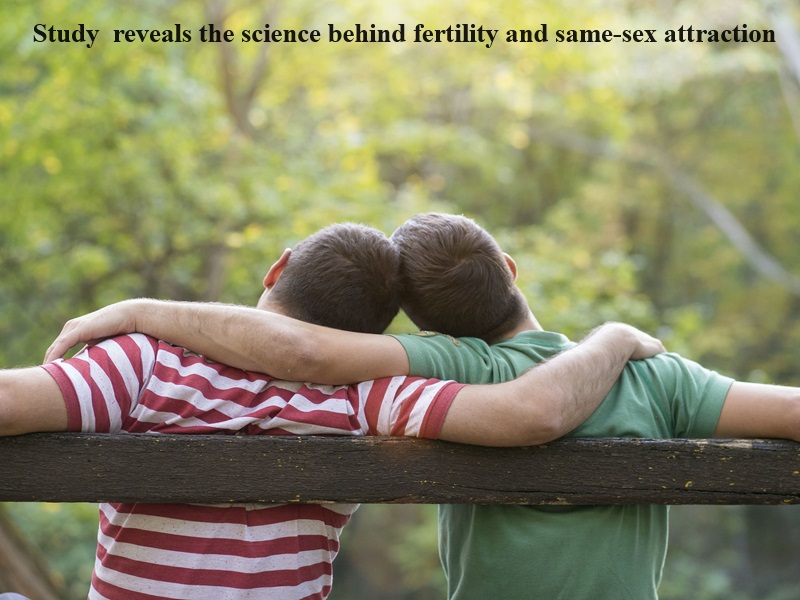
Researchers in the United States have identified genetic factors linked to bisexual attraction in men, shedding light on the complexities of sexual orientation and its potential evolutionary implications. The study suggests that men carrying these genetic variations not only exhibit bisexual attraction but also display an increased propensity for risk-taking behavior, which could contribute to having more children.
The evolutionary implications of same-sex attraction, traditionally considered to result in fewer offspring and challenging natural selection principles, have been a subject of debate among evolutionary biologists. The researchers delve into the broader context of same-sex attraction in the animal kingdom, highlighting its prevalence across various species. They challenge the assumption that opposite-sex attraction is both normal and ancestral, proposing an ancestral condition of indiscriminate sexual behaviors that provides an alternative perspective on the evolutionary paradox.
To address the contradiction, the study explores the concept of “pleiotropy,” wherein genes influencing one trait also impact another. Some researchers suggest that same-sex attraction could be an example of “antagonistic pleiotropy,” where shared genes lead to behaviors that both increase and decrease the number of offspring.
The significance of this study lies in its connection to prior research from 2021, which correlated genetic variants associated with same-sex behavior to an increased number of opposite-sex partners. The current research, utilizing the UK Biobank, builds upon these findings by specifically distinguishing between bisexual and exclusively same-sex behavior, providing a more nuanced understanding of the genetic factors involved.

Post Your Comments